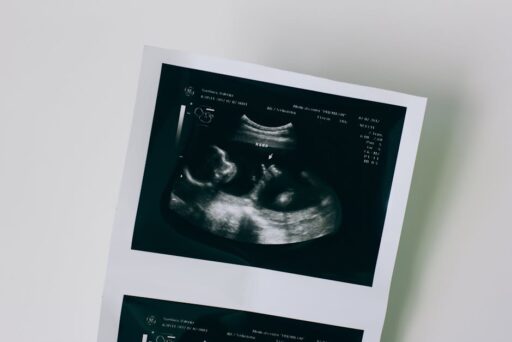By Nevena Krstić, Genetic Counselor, MotherToBaby Florida
When I was 17 weeks pregnant, my husband and I were involved in a car accident. A vehicle swerved into our lane and hit us head-on, deploying airbags and totaling the car.
After the impact, I checked on my husband, unbuckled my seat belt which had left burn marks on my pregnant belly, and lay down on the sidewalk. As the adrenaline waned, fear gripped me—what would happen to my baby?
The doctors scheduled an ultrasound, and my anxiety was overwhelming. Ultrasounds on TV seem joyous, but my situation was fraught with dread.
Thankfully, the baby was unharmed, but the accident caused a small tear in my placenta. Though minor, the tear could become problematic, potentially leading to miscarriage. Doctors could only monitor it with more ultrasounds.
What is the Purpose of an Ultrasound?
Ultrasounds are crucial medical tests in pregnancy, typically administered between 18-22 weeks to assess the baby’s development. Known as the “anatomy scan,” it checks the baby’s anatomy and identifies potential issues, such as bleeding, elevated risk from blood tests, or, as in my case, accidents.
What Can Ultrasound Tell Me about My Baby?
Ultrasounds use high-frequency sound waves to create images of the baby’s anatomy, including the brain, heart, spine, kidneys, and more. Most women receive reassuring feedback, but sometimes anomalies like birth defects or organ issues are detected, necessitating further testing.
While useful, ultrasounds aren’t flawless and can’t detect every problem pre-birth. A normal scan doesn’t guarantee a complication-free pregnancy, and sometimes false positives occur.
Are Ultrasounds Safe?
Typically, pregnant women have two ultrasounds: one in the first trimester to confirm pregnancy and one anatomy scan in the second trimester. More frequent scans may be necessary if complications arise.
During my pregnancy, monthly ultrasounds were needed to monitor the placental tear and baby’s growth. Despite initial anxiety, the scans became a source of reassurance as my baby grew healthily.
Ultrasounds are generally safe, but should only be done when medically necessary to avoid undue exposure to heat from sound waves. It’s advisable to avoid additional scans like 3D or 4D ultrasounds unless recommended by a doctor.
I ultimately delivered a healthy baby girl, now a lively one-year-old. My pregnancy experience underscored the significance of ultrasounds as powerful diagnostic tools. Supporting anxious moms during these appointments is essential.
Nevena Krstić is a certified genetic counselor based in Tampa, Florida, working for MotherToBaby Florida at the University of South Florida Health in the Department of Obstetrics and Gynecology.
About MotherToBaby
MotherToBaby, a service of the Organization of Teratology Information Specialists (OTIS), is recommended by agencies like the CDC. For questions about exposures during pregnancy and breastfeeding, call MotherToBaby toll-free at 866-626-6847 or text (855) 999-3525. Visit MotherToBaby.org for fact sheets on exposures or download the free MotherToBaby app. Subscribe to The MotherToBaby Podcast on iTunes, Google Play Music, Spotify, and other platforms.





